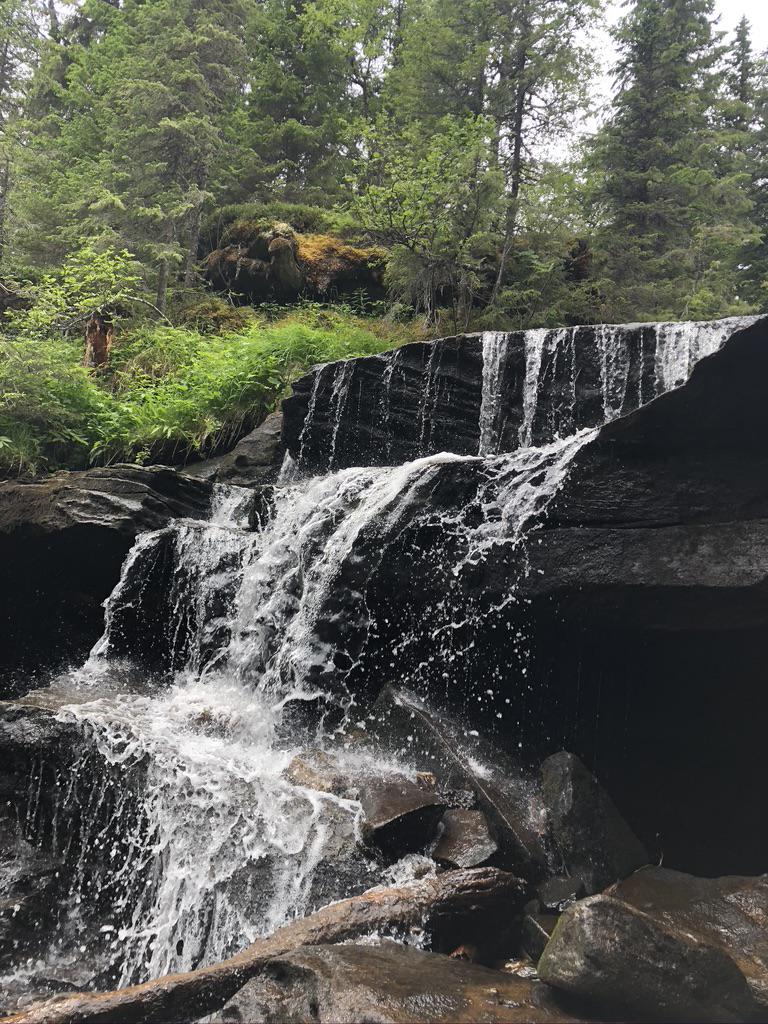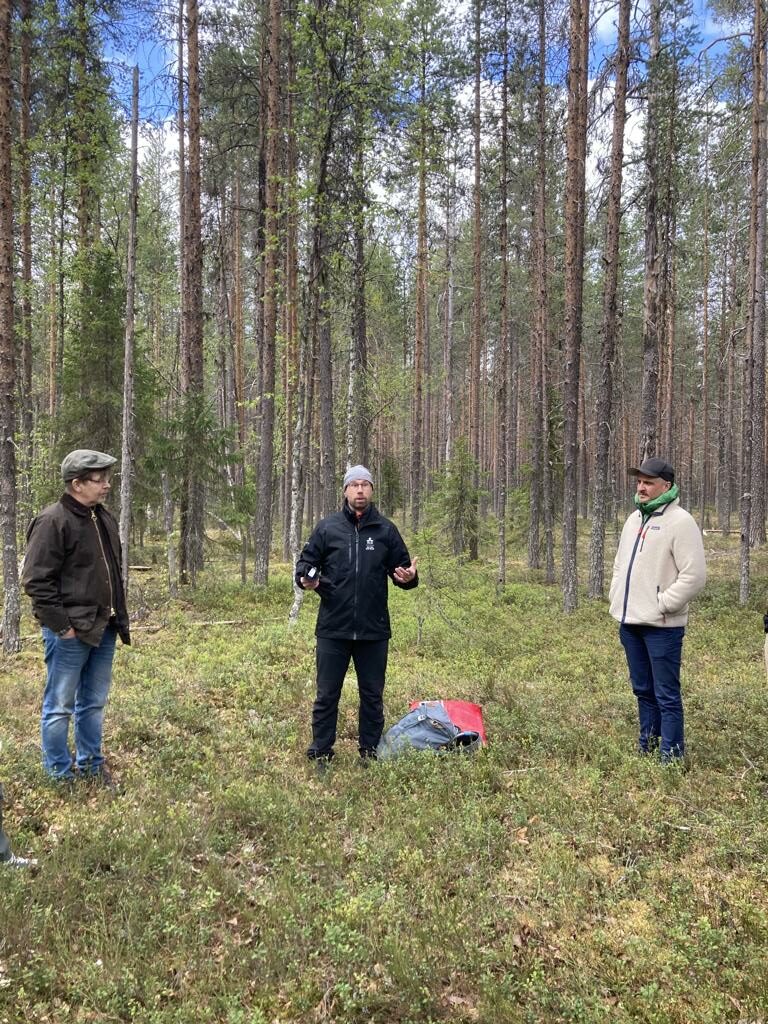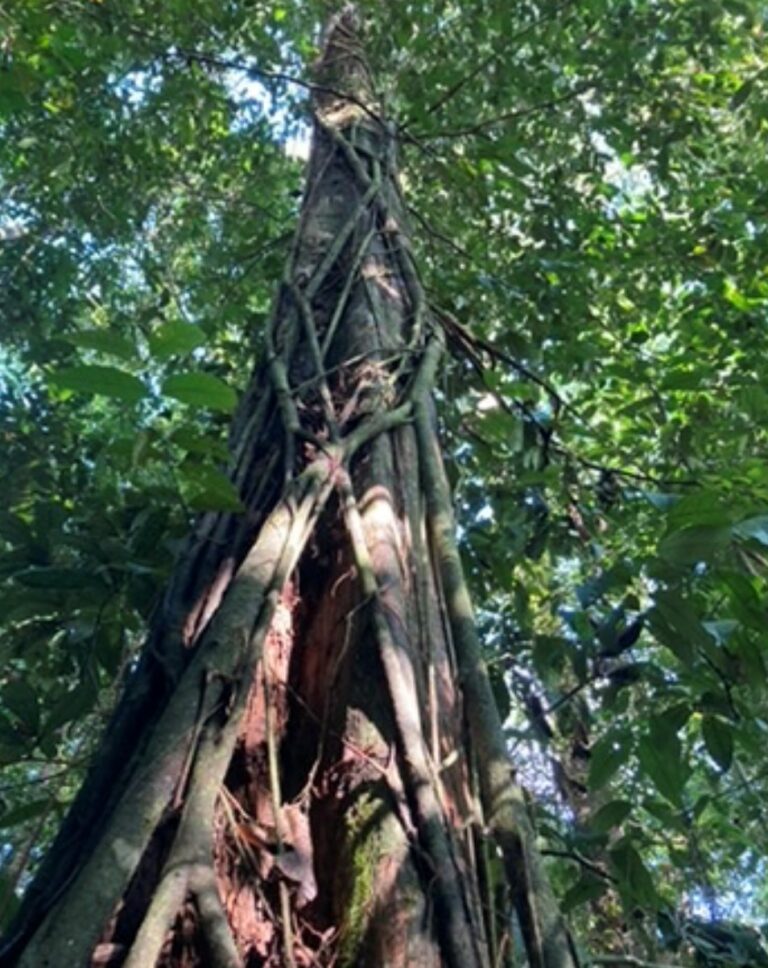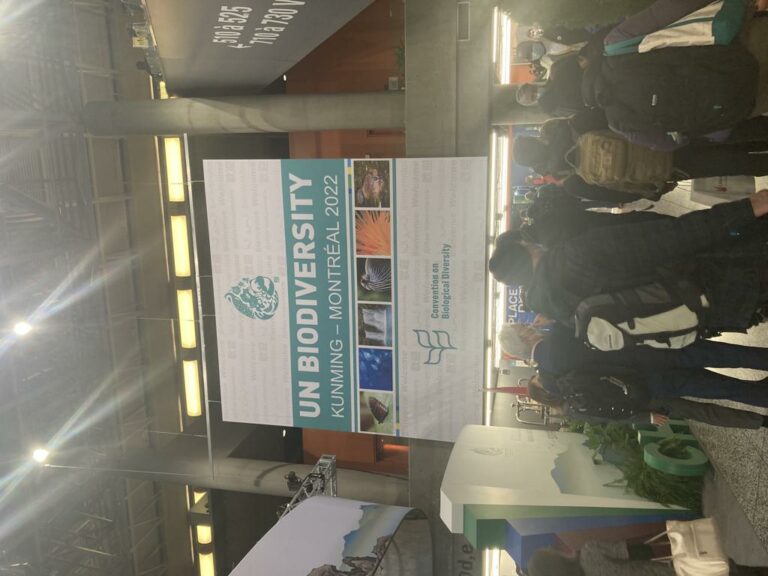Today marks a memorable occasion for biodiversity conservation in Sweden. Orsa Besparingsskog has successfully conducted the first-ever sale of biodiversity credits to Swedbank. This significant milestone was achieved as part of a pilot project that formed the core of my PhD research, titled “Mechanisms and Opportunities for Financing Forest Biodiversity,” conducted at the Swedish University of Agricultural Sciences.
One of the encouraging outcomes of the pilot project is the evident interest shown by businesses and financial institutions in investing in and advancing the concept of biodiversity credits. This indicates a growing recognition of the value of biodiversity conservation and the potential for sustainable financing.
In the context of Swedish forestry, the decline in biodiversity poses both a threat and an opportunity. Restrictions on forestry could potentially diminish the value of forest assets, but it also presents an opportunity to leverage biodiversity credits to finance initiatives aimed at enhancing biodiversity. These initiatives can unlock new business prospects, leading to new business opportunities and an increase in forest asset value.
My research project, “Mechanisms and Opportunities for Financing of Forest Biodiversity,” has developed a comprehensive set of biodiversity credit methodologies tailored to the Swedish forestry system. Biodiversity credit projects have a clear objective: to create measurable and verified uplift or conservation of biodiversity in the designated project areas. To achieve this, we have tested three methodologies: Conservation, Restoration, and Improved Forest Management practices. These methodologies encompass activities such as protecting high-value nature areas, promoting old-growth characteristics, fostering diverse tree species, creating deadwood, prescribed burning, and implementing sustainable forest management approaches. For biodiversity credit projects to have a significant impact, they need to be long-term. We propose a minimum project duration of 20 years, or ideally longer. Landowners commit to executing specific project activities that result in measurable and verified biodiversity enhancements. Additionally, they undertake to continuously monitor and report on the progress. Annual self-reporting and third-party audits every five years ensure transparency and accountability.
While this first sale of biodiversity credits is a great milestone, there is still much work to be done to establish a transparent and vibrant biodiversity credit market in Sweden. Achieving consensus on key quality aspects, such as additionality, measurement and quantification, reporting, monitoring, and verification, will be pivotal. It is essential to determine the methodologies that align with the needs of Swedish nature and businesses, ensuring the success and effectiveness of biodiversity credit projects.
The successful sale of biodiversity credits in Sweden signifies a groundbreaking step forward in nature conservation. Through continued collaboration, dialogue, and shared commitments, we can collectively build a thriving market for biodiversity credits. This will serve as a catalyst for transformative change, ensuring the long-term preservation and restoration of our precious natural ecosystems.
I wish to extend a huge thank you to Orsa Besparingsskog and Swedbank for contributing to the pilot project and for being visionary! Also big thanks to The World Forest Forum and the Svea Green Foundation who have supported my research project, my professors Tomas Lundmark, Francisco Aguilar Cabezas and Anneli Ågren, and Dr Martin Pilstjärna who has helped develop the biodiversity credit assessment and credit model.





